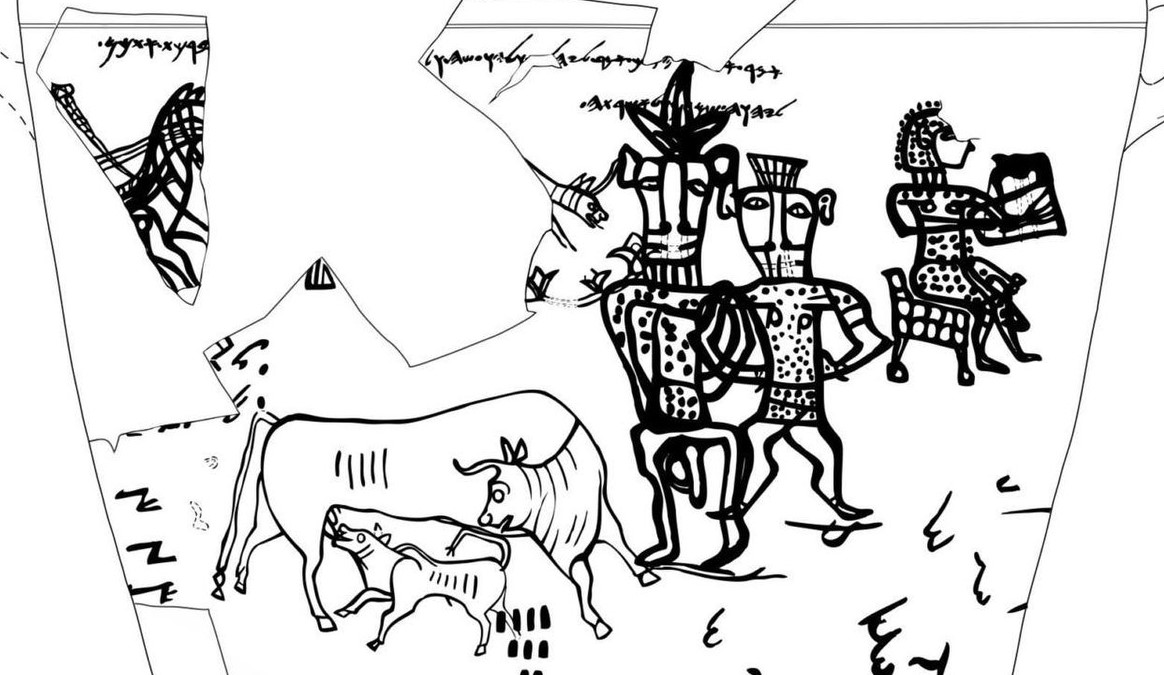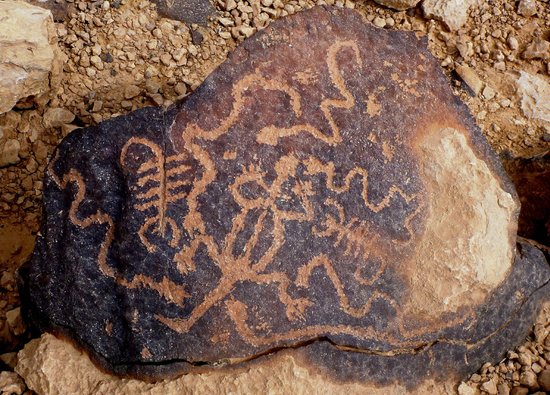Weinreich, M., McDonough, H., Heverin, M., Mac Domhnaill, É., Yacovzada, N., Magen, I., Cohen, Y., Harvey, C., Elazzab, A., Gornall, S., Boddy, S., Alix, J. J. P., Kurz,
J. M., Kenna, K. P., Zhang, S., Iacoangeli, A., Al-Khleifat, A., Snyder, M. P., Hobson, E., Chio, A., Malaspina, A., Hermann, A., Ingre, C., Vazquez Costa, J., van den
Berg, L., Povedano Panadés, M., van Damme, P., Corcia, P., de Carvalho, M., Al-Chalabi, A., Hornstein, E., Elhaik, E., Shaw, P. J., Hardiman, O., McDermott, C., and
Cooper-Knock, J. 2025. Optimised machine learning for time-to-event prediction in healthcare applied to timing of gastrostomy in ALS: a multi-centre, retrospective model development and validation study.
eBioMedicine.
| Abstract | Background. Amyotrophic lateral sclerosis (ALS) is invariably fatal but there are large variations in the rate of progression. The lack of predictability can make it difficult to plan clinical interventions. This includes the requirement for gastrostomy where early or late placement can adversely impact quality of life and survival. Methods. We designed a model to predict the timing of gastrostomy requirement in ALS as indicated by 5% weight loss from diagnosis. We considered >5000 different prediction model configurations including spline models and a set of deep learning (DL) models designed for time-to-event prediction. The optimal prediction model was chosen via a Bayesian framework to avoid overfitting. Model covariates were measurements routinely collected at diagnosis; a separate longitudinal model also incorporated weight at six months. We employed a training dataset of 3000 patients from Europe, and two external validation cohorts spanning distinct populations and clinical contexts (United States, n = 299; and Sweden, n = 215). Missing data was imputed using a random forest model. Findings. The optimal model configuration was a logistic hazard DL model. The optimal model achieved a median absolute error (MAE) between predicted and measured time of 3.7 months, with AUROC 0.75 for gastrostomy requirement at 12 months. To increase accuracy we updated predictions for those who had not received gastrostomy at six months after diagnosis: here MAE was 2.6 months (AUROC 0.86). Combining both models achieved MAE of 1.2 months for the modal group of patients. Prediction performance is stable across both validation cohorts. Missing data was imputed without degrading model performance. Interpretation. To enter routine clinical practice a prospective study will be required, but we have demonstrated stable performance across multiple populations and clinical contexts suggesting that our prediction model can be used to guide individualised gastrostomy decision making for patients with ALS. |
| Authors | Weinreich, M., McDonough, H., Heverin, M., Mac Domhnaill, É., Yacovzada, N., Magen, I., Cohen, Y., Harvey, C., Elazzab, A., Gornall, S., Boddy, S., Alix, J. J. P., Kurz, J. M., Kenna, K. P., Zhang, S., Iacoangeli, A., Al-Khleifat, A., Snyder, M. P., Hobson, E., Chio, A., Malaspina, A., Hermann, A., Ingre, C., Vazquez Costa, J., van den Berg, L., Povedano Panadés, M., van Damme, P., Corcia, P., de Carvalho, M., Al-Chalabi, A., Hornstein, E., Elhaik, E., Shaw, P. J., Hardiman, O., McDermott, C., and Cooper-Knock, J. 2025. Optimised machine learning for time-to-event prediction in healthcare applied to timing of gastrostomy in ALS: a multi-centre, retrospective model development and validation study. |
| Keywords | Time-to-event prediction, Machine learning, Personalised medicine, Amyotrophic lateral sclerosis (ALS), Gastrostomy |
Jaiswal, R. K., Garibo Domingo, T., Grunchec, H., Singh, K., Pirooznia, M., Elhaik, E., and Cohn, M.
2025. Subtelomeric elements provide stability to short telomeres in telomerase-negative cells of the budding yeast N. castellii.
Current Genetics.
| Abstract | Motivation. Efforts to address health disparities are often limited by the lack of robust computational tools for inferring genetic ancestry by calculating an individual’s genetic similarity to continental groups. We have already shown that a preferred alternative to self-described race is using ancestry informative markers (AIMs) that can be classified into ancestral components and used to estimate their similarity to those of known populations to identify continental groups. However, real-world genomic data can present challenges, including limited availability of germline DNA, a small number of AIMs for each sample, and the use of different variant calling software, limiting the application of existing solutions. Results. Here, we describe a novel supervised machine-learning tool AncestryGeni, which infers genetic ancestry for samples with even a hundred markers and is applicable to any genomic data, including exome sequencing (WES) and RNA sequencing (RNA-Seq) data. Applying AncestryGeni to a real-world genomic dataset obtained from the Multiple Myeloma Research Foundation (MMRF) CoMMpass study, we show that it is more accurate than the commonly used FastNGSadmix when using non-standard genomic material. We also demonstrate that when using AncestryGeni, the tumor-derived sequence obtained from WES and RNA-Seq can be a robust data source to accurately estimate an individual’s genetic similarity to a continental group. Availability and implementation. AncestryGeni pipeline is available at https://github.com/eelhaik/AncestryGeni/tree/main. |
| Authors | Elhaik, E., Behnamian, S., Howe, M., Tang, H., Yan, H., Tian, S., Shivaram, S., Zepeda Mendoza, C., MacLachlan, K., Usmani, S., Pirooznia, M., Morgan, G., Blaney, P., Maura, F., and Baughn, L. B. |
| Keywords | health disparities, genetic ancestry inference, ancestry informative markers, continental groups, self-described race, population genetics, genomic diversity, supervised machine learning, genomic ancestry classification, Multiple Myeloma |
Elhaik, E., Behnamian, S., Howe, M., Tang, H., Yan, H., Tian, S., Shivaram, S., Zepeda Mendoza, C., MacLachlan, K., Usmani, S., Pirooznia, M., Morgan, G., Blaney, P., Maura, F., and Baughn, L. B.
2025. AncestryGeni: A novel genetic ancestry classification pipeline for small and noisy sequence data.
Bioinformatics.
| Abstract | Motivation. Efforts to address health disparities are often limited by the lack of robust computational tools for inferring genetic ancestry by calculating an individual’s genetic similarity to continental groups. We have already shown that a preferred alternative to self-described race is using ancestry informative markers (AIMs) that can be classified into ancestral components and used to estimate their similarity to those of known populations to identify continental groups. However, real-world genomic data can present challenges, including limited availability of germline DNA, a small number of AIMs for each sample, and the use of different variant calling software, limiting the application of existing solutions. Results. Here, we describe a novel supervised machine-learning tool AncestryGeni, which infers genetic ancestry for samples with even a hundred markers and is applicable to any genomic data, including exome sequencing (WES) and RNA sequencing (RNA-Seq) data. Applying AncestryGeni to a real-world genomic dataset obtained from the Multiple Myeloma Research Foundation (MMRF) CoMMpass study, we show that it is more accurate than the commonly used FastNGSadmix when using non-standard genomic material. We also demonstrate that when using AncestryGeni, the tumor-derived sequence obtained from WES and RNA-Seq can be a robust data source to accurately estimate an individual’s genetic similarity to a continental group. Availability and implementation. AncestryGeni pipeline is available at https://github.com/eelhaik/AncestryGeni/tree/main. |
| Authors | Elhaik, E., Behnamian, S., Howe, M., Tang, H., Yan, H., Tian, S., Shivaram, S., Zepeda Mendoza, C., MacLachlan, K., Usmani, S., Pirooznia, M., Morgan, G., Blaney, P., Maura, F., and Baughn, L. B. |
| Keywords | health disparities, genetic ancestry inference, ancestry informative markers, continental groups, self-described race, population genetics, genomic diversity, supervised machine learning, genomic ancestry classification, Multiple Myeloma |
Tang, H., Yan H., Shivaram S., Lehman S., Sharma N., Smadbeck J., Zepeda-Mendoza C., Tian S., Asmann, Y., Vachon, C., Maia, A.G., Keats, J., Bergsagel, P.L., Fonseca, R., Stewart, A.K., Hsu, J.S., Kandasamy, R.K., Pandey, A., Kaddoura, M.A., Maura, F., Mitra, A., Rajkumar, S.V., Kumar, S.K., Elhaik, E., Braggio, E., and Baughn, L.B.
2024. Functional variant rs9344 at 11q13.3 regulates CCND1 expression in multiple myeloma with t(11;14).
Leukemia.
| Abstract | Multiple myeloma (MM) is a plasma cell (PC) malignancy characterized by cytogenetic abnormalities, such as t(11;14)(q13;q32), resulting in CCND1 overexpression. The rs9344 G allele within CCND1 is the most significant susceptibility allele for t(11;14). Sequencing data from 2 independent cohorts, CoMMpass (n = 698) and Mayo Clinic (n = 661), confirm the positive association between the G allele and t(11;14). Among 80% of individuals heterozygous for rs9344 with t(11;14), the t(11;14) event occurs on the G allele, demonstrating a biological preference for the G allele in t(11;14). Within t(11;14), the G allele is associated with higher CCND1 expression and elevated H3K27ac and H3K4me3. CRISPR/Cas9 mediated A to G conversion resulted in increased H3K27ac over CCND1 and elevated CCND1 expression. ENCODE ChIP-seq data supported a PAX5 binding site within the enhancer region covering rs9344, showing preferential binding to the G allele. Overexpression of PAX5 resulted in increased CCND1 expression. These results support the importance of rs9344 G enhancer in increasing CCND1 expression in MM. |
| Authors | Tang, H., Yan H., Shivaram S., Lehman S., Sharma N., Smadbeck J., Zepeda-Mendoza C., Tian S., Asmann, Y., Vachon, C., Maia, A.G., Keats, J., Bergsagel, P.L., Fonseca, R., Stewart, A.K., Hsu, J.S., Kandasamy, R.K., Pandey, A., Kaddoura, M.A., Maura, F., Mitra, A., Rajkumar, S.V., Kumar, S.K., Elhaik, E., Braggio, E., and Baughn, L.B. |
| Keywords | Multiple Myeloma (MM), CCND1, rs9344, genomic ancestry, t(11;14), PAX5 |
Amos, W., and Elhaik, E.
2025. Unexpected D-tour Ahead: Why the D-Statistic, applied to Humans, Measures Mutation Rate Variation not Neanderthal Introgression.
bioRxiv.
| Abstract | It is widely accepted that humans interbred with Neanderthals and other extinct hominins, leaving a lasting genetic legacy. However, much of the supporting evidence was developed using the statistic D, which assumes, without testing, both that mutation rate is constant and that recurrent mutations are vanishingly rare. These assumptions together preclude an alternative explanation based on variation in mutation rates across human populations. Here we critically evaluate the assumptions underlying D and confirm that neither is valid. Over 40% of SNPs in dbSNP carry recurrent mutations. Theory indicates that D does not vary with mutation rate as long as the mutation rate does not vary between populations. In practice, D calculated separately for different sequence motifs varies greatly, implying strongly that mutation rates do vary between populations. We show that most, if not all, D-informative sites result from two mutations rather than the one mutation expected under the introgression hypothesis. Moreover, individual non-Africans carry a signal in more than five times as many genomic windows as can be accounted for by the 2% legacy they are thought to carry, indicating a signal that is radically more diffuse than expected. Remarkably, partitioning the data by whether the chimpanzee or Neanderthal allele is the major allele in humans reveals that the overall reported D-value of ~5% actually comprises two opposing components: one with D ~ 30% and another with D ~ -25%. Tellingly, the positive component is produced by sites where the Neanderthal allele is the major allele, the exact opposite of what should be the case under introgression, where introgressed alleles should be rare. We show further that the entire D signal can be accounted for by sites where the Neanderthal allele is fixed outside Africa and the chimpanzee allele is rare inside Africa. Investigating potential mechanisms, we extend the published observation that the mutability of three-base combinations across human populations is influenced by flanking sequence heterozygosity to reveal how genomic regions that lost more heterozygosity out of Africa exhibit higher D-values. This correlation supports a model where loss of heterozygosity slowed the mutation rate, thereby reducing the divergence between Neanderthals and non-Africans. Across independent tests, our findings consistently indicate that the mutation rate variation hypothesis provides a more compelling explanation for the observed patterns in human-Neanderthal genetic relationships than the introgression hypothesis. We argue that the mutation rate variation hypothesis would help settle a number of conflicting patterns in the literature and, hence, that the concept of archaic introgression into humans and its implications for hominin-derived traits warrants reconsideration. |
| Authors | William, A., and Elhaik, E. |
| Keywords | Mutation Rate Variation Hypothesis (MVRH), Introgression hypothesis, D statistic, Neanderthal, Interbreeding, Human evolution |






.jpg!Large.jpg)













